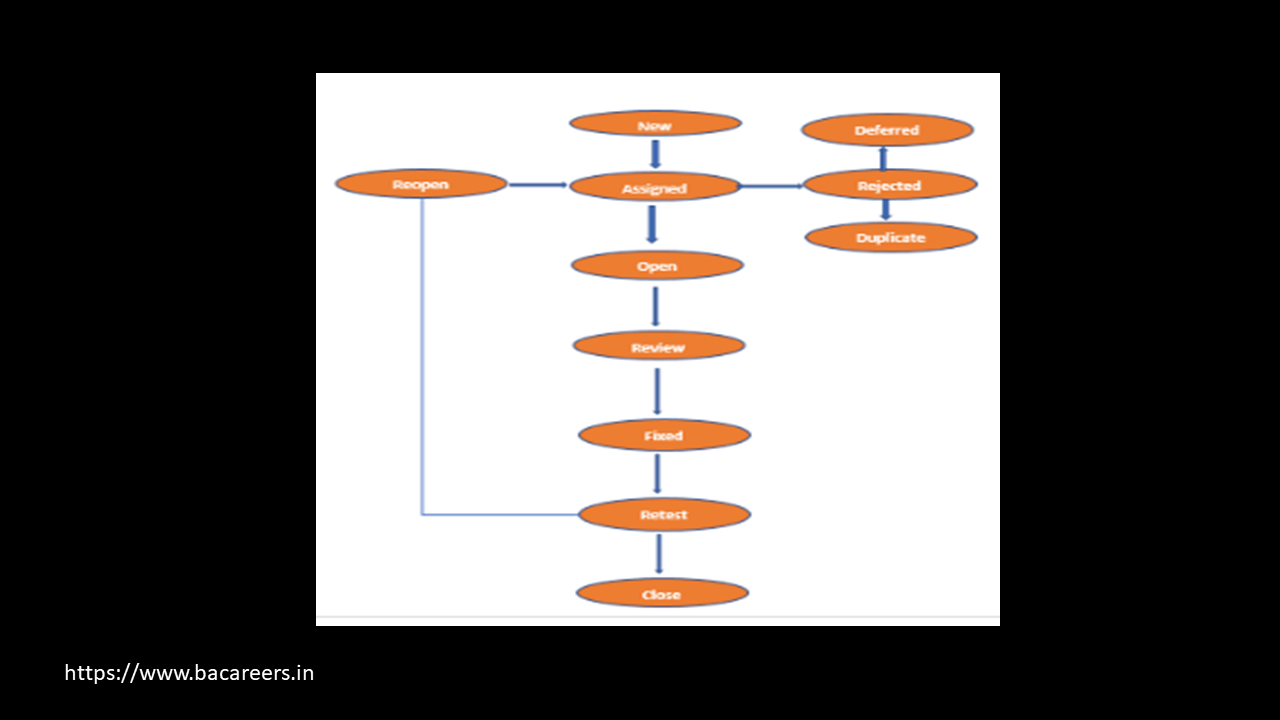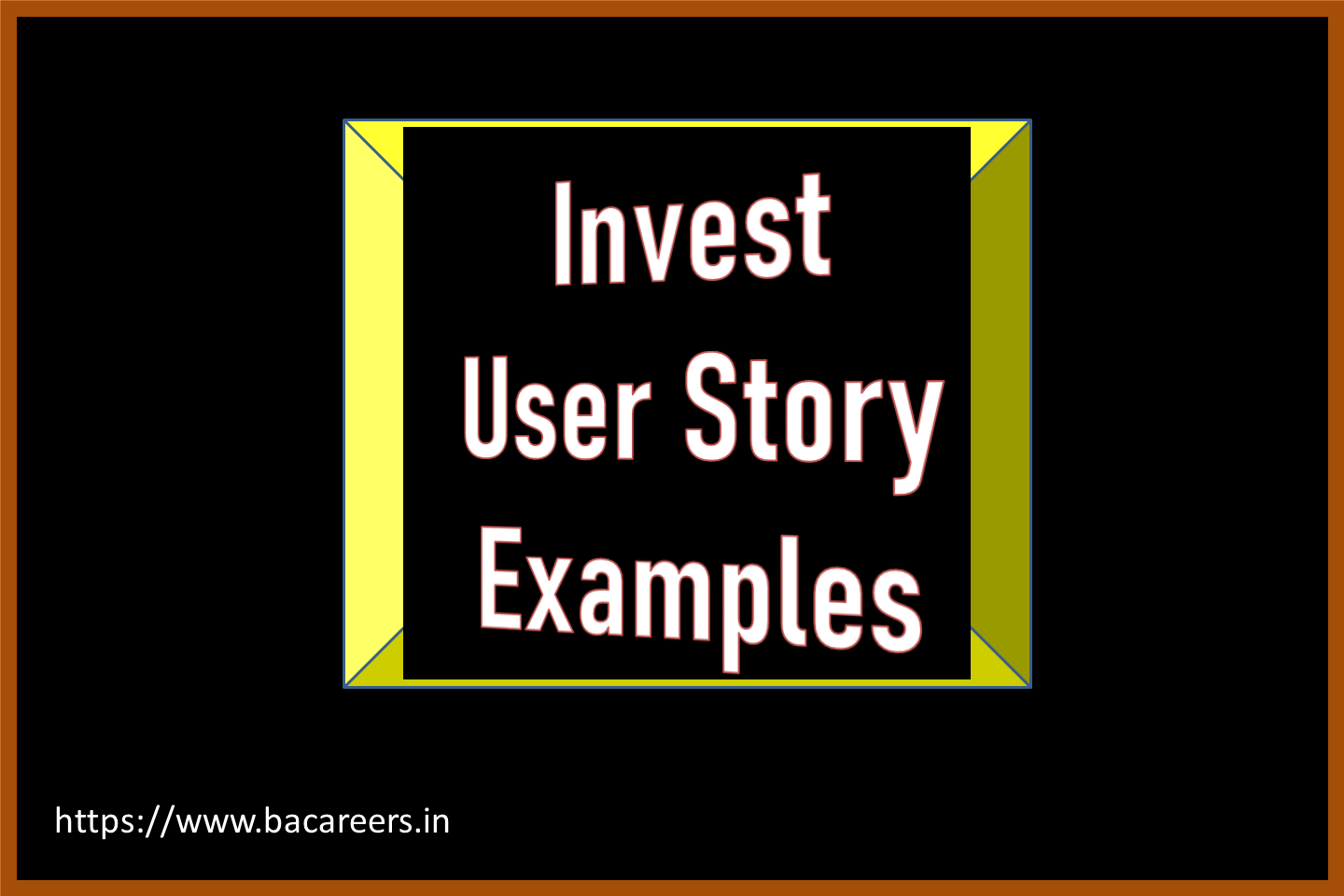The Defect Life Cycle
The defect life cycle describes how defects move through a product’s lifecycle from conception to production to distribution to use.
In this article we’ll explain what happens when a defect enters the life cycle of a product.
There are three phases to the defect life cycle: discovery, analysis, and resolution. During discovery, a problem is identified. This phase usually occurs before any testing begins. Once a problem has been discovered, it moves into the analysis phase. Here, the cause of the problem is determined. Finally, during the resolution phase, the problem is fixed.
We’ll also look at how defects affect the customer experience and why it’s important to manage them effectively.
In order to understand the impact of defects on customers, we need to first understand what makes up a defect. A defect is defined as “an error or flaw in a manufactured item.” So, a defect is something that was not intended by the manufacturer.
In this article we’ll explain what happens when defects occur, how they’re detected, and how they’re fixed.
There are three stages to the life cycle of a defect: discovery, analysis, and resolution.
Discovery: This stage occurs when a customer reports a problem with a product. At this point, the company has no idea whether the issue is caused by a manufacturing defect, a design flaw, or some other cause.
Analysis: Once the company identifies the type of defect, they begin analyzing the root cause. They might test the product to see if there’s any correlation between the defect and certain environmental conditions. Or, they might use sophisticated tools to analyze the product’s structure and function.
Resolution: If the defect is found to be due to a manufacturing defect, then the company will attempt to fix the problem. However, if the defect is due to a design flaw, then the company will try to redesign the product so that it won’t happen again.
When Does a Product Go Into Production?
In order to produce a product, companies must first decide what materials they need to make the product. Then, they must determine how much of each material they need to purchase. After that, they must plan out where to source those materials. Finally, they must set up production lines to manufacture the products.
Production Line: Companies often use multiple production lines to ensure that they’re able to meet demand. Each line is responsible for making one part of the final product. For example, a car manufacturer might have a line dedicated to assembling engines, another line dedicated to building chassis, and yet another line dedicated to putting together cars.
How Do You Know That Something Is Wrong with a Product?
Once a company has decided what materials it needs to make its product, it then determines how much of each material it will need to buy. If there’s not enough of a certain material available, the company may have to wait until more of that material becomes available before it can continue producing the product. This process is called “scheduling.”
Scheduling: Scheduling refers to determining when a company should start manufacturing a particular product. For example, if a company wants to build 100,000 widgets per month, it would schedule itself to begin manufacturing them at 8am every day.
FAQ’S
What is the defect life cycle?
Defect life cycle is a cycle which a defect goes through during its lifetime. It starts when defect is found and ends when a defect is closed, after ensuring it’s not reproduced. Defect life cycle is related to the bug found during testing.
How many phases the life cycle of defects have?
Defect Life Cycle States:
Active – The Defect is being addressed by the developer and investigation is under progress. At this stage there are two possible outcomes; viz – Deferred or Rejected. Test – The Defect is fixed and ready for testing. Verified – The Defect that is retested and the test has been verified by QA.
What is the defect life cycle in Jira?
The Jira bug life cycle consists of a definite number of steps such as New, Assigned, Opened, Duplicate, Differed, Not a Bug, Rejected, Reopened, Fixed, Retest, Verified, and Closed.
What is defect in STLC?
Defect Life Cycle, also known as Bug Life Cycle, is the journey of a defect, the cycle which a defect goes through during its lifetime. It varies from organization to organization and also from project to project, as it is governed by the software testing process and also depends upon the tools used
What is difference between bug and defect?
A bug is a deviation from the customer’s requirement. The functionality of an application not working as per the customer’s requirement is known as a defect
What is a defect in testing?
What is a defect in testing? A defect is a system error that doesn’t allow the intended action to be completed. Finding defects is the tester’s most important task. It’s important to start testing as early as possible because defects can be found throughout the entire software development process.
What is defect in manual testing?
Defect In Manual Testing
A defect is an anomaly which causes a deviation between the expected and actual results. It could be an error discovered once the application got deployed into production. Some software could show potential issues with both the internal and external features.
What causes most of the defects in SDLC?
Miscommunication of the requirements is one the most common problem in the software development process which causes an introduction of defects in the code. It means erroneous & lack of communication in the software development process
Who will close the defect?
“It’s a documentation issue.” The owner should still be the one closing the bug so that they have the chance to ensure that the revised documentation correctly addresses the issue.

Business Analyst , Functional Consultant, Provide Training on Business Analysis and SDLC Methodologies.





